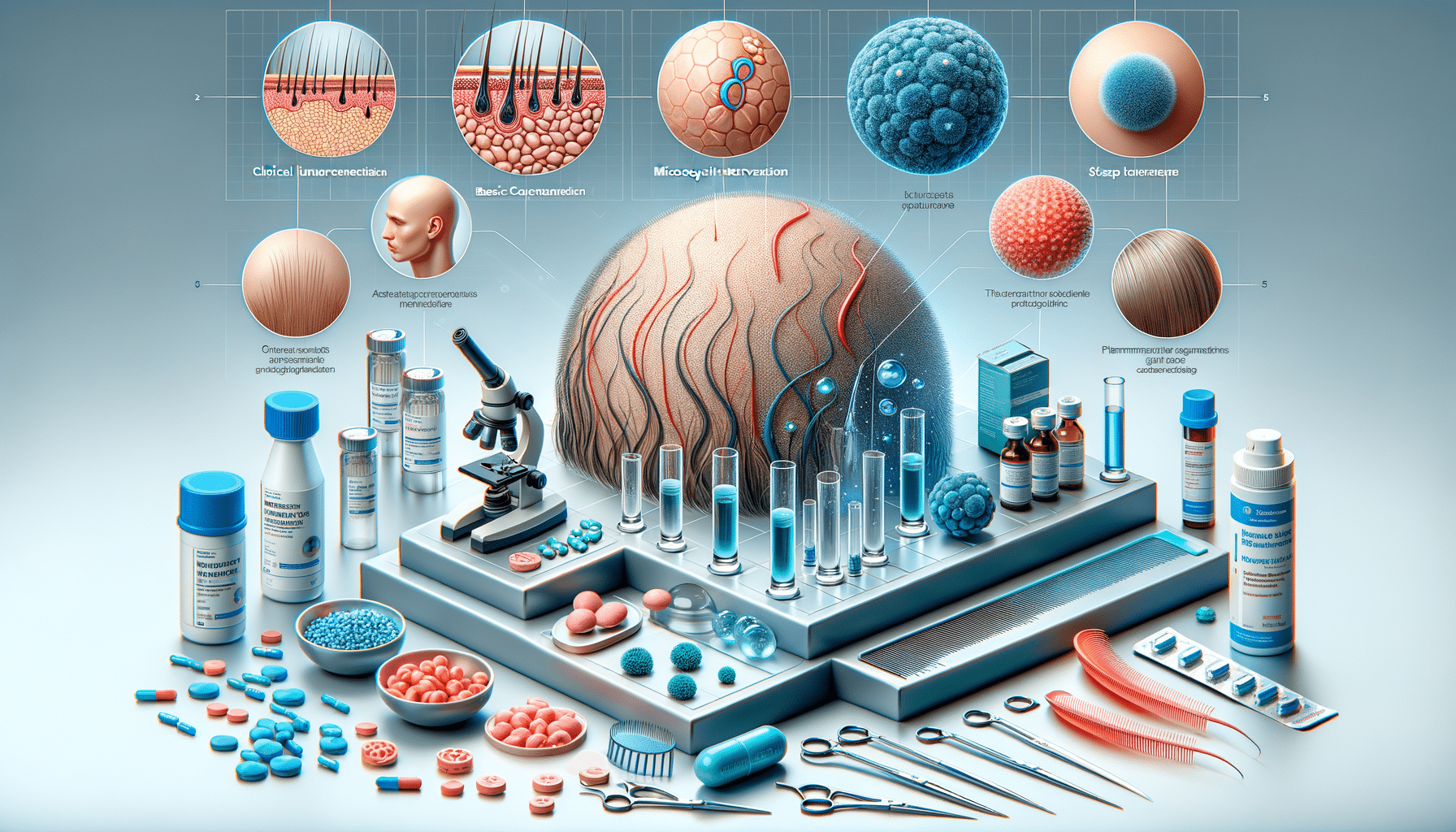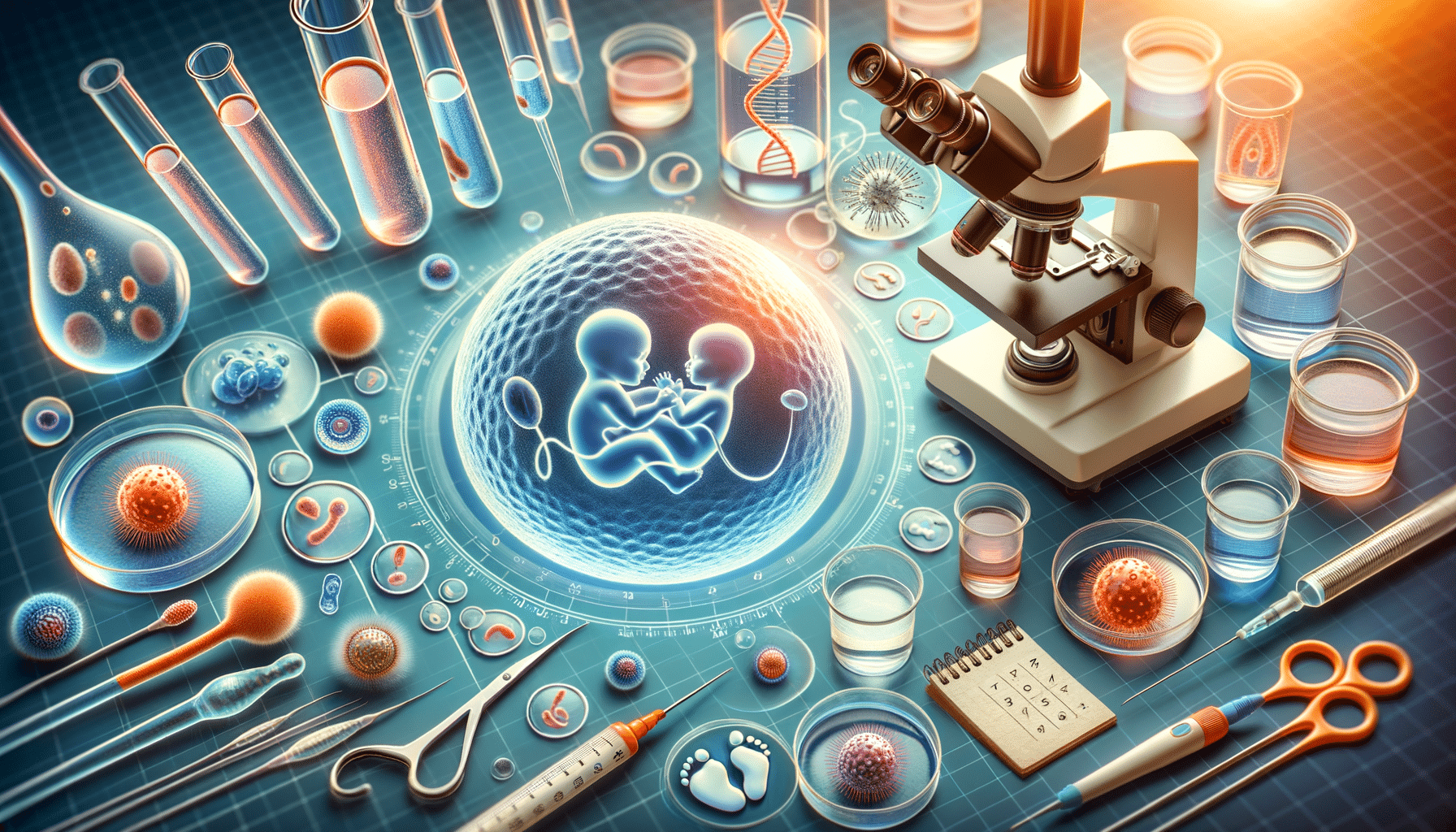
Treatment Guidelines for Alopecia Areata: From Basic Care to Clinical Interventions
Understanding Alopecia Areata
Alopecia areata is a condition characterized by sudden and unpredictable hair loss, typically resulting in small, round patches on the scalp. While it is not a life-threatening condition, the impact on an individual’s self-esteem and emotional well-being can be significant. It is an autoimmune disorder where the body’s immune system mistakenly attacks hair follicles, leading to hair loss. The exact cause of alopecia areata is not fully understood, but genetic predisposition and environmental factors are believed to play a role. Understanding the nature of alopecia areata is crucial for those affected, as it helps in managing expectations and exploring treatment options.
Individuals with alopecia areata may experience a range of symptoms beyond hair loss, such as nail changes and increased sensitivity in affected areas. The condition can affect anyone, regardless of age or gender, but it often begins in childhood or early adulthood. Diagnosis typically involves a clinical examination and sometimes a scalp biopsy to rule out other types of hair loss. While alopecia areata can be challenging to manage, there are various treatment options available that can help stimulate hair growth and minimize the psychological impact.
Self-Care and Lifestyle Adjustments
For many individuals with alopecia areata, self-care and lifestyle adjustments can play a crucial role in managing the condition. While these measures may not directly stop hair loss, they can help create a supportive environment for potential hair regrowth and improve overall well-being. Here are some practical self-care tips:
- Maintain a balanced diet rich in vitamins and minerals that support hair health, such as iron, zinc, and vitamin D.
- Practice stress management techniques like meditation, yoga, or deep-breathing exercises, as stress can exacerbate hair loss.
- Use gentle hair care products and avoid harsh treatments that could damage hair follicles.
- Consider wearing wigs, hats, or scarves to protect the scalp from sun exposure and to enhance self-confidence.
These lifestyle adjustments, while simple, can have a positive impact on the emotional and physical aspects of living with alopecia areata. It’s essential to approach these changes with patience and consistency, as results may not be immediate.
Topical Treatments and Medications
For those seeking medical intervention, a variety of topical treatments and medications are available to manage alopecia areata. These treatments aim to reduce inflammation and stimulate hair regrowth by modulating the immune response. Some commonly used options include:
- Topical corticosteroids: These anti-inflammatory creams or ointments can be applied directly to the affected areas to reduce immune activity and promote hair growth.
- Minoxidil: This over-the-counter medication is applied to the scalp and can help stimulate hair follicles, encouraging regrowth.
- Anthralin: Originally used for psoriasis, this medication can also be effective in treating alopecia areata by altering immune function in the skin.
It is important to note that response to these treatments varies among individuals, and consistent use over several months may be necessary to see noticeable results. Consulting with a dermatologist can help tailor the treatment plan to the individual’s needs and monitor any side effects.
Advanced Clinical Interventions
In cases where topical treatments and medications do not yield satisfactory results, individuals may explore advanced clinical interventions. These options are typically considered for more severe cases of alopecia areata or when rapid hair regrowth is desired. Some advanced interventions include:
- Intralesional corticosteroid injections: This involves injecting corticosteroids directly into the affected areas to suppress the immune response and stimulate hair growth.
- Immunotherapy: This treatment involves applying a chemical to the scalp to provoke an allergic reaction, which can distract the immune system from attacking hair follicles.
- Platelet-rich plasma (PRP) therapy: This innovative treatment uses the patient’s own blood plasma, rich in growth factors, to promote healing and hair regrowth.
These interventions should be discussed with a healthcare professional to understand the potential benefits, risks, and costs involved. While they can be effective, they may not be suitable for everyone, and individual responses can vary significantly.
Psychological Support and Community Resources
Living with alopecia areata can be emotionally challenging, and seeking psychological support can be an essential part of managing the condition. Support groups, either in-person or online, offer a platform for individuals to share experiences, coping strategies, and encouragement. Connecting with others who understand the impact of alopecia areata can provide comfort and reduce feelings of isolation.
Professional counseling or therapy can also be beneficial, helping individuals develop resilience and improve their self-esteem. Therapists can guide patients in addressing body image concerns and managing anxiety or depression that may arise from the condition.
Additionally, numerous organizations and resources are dedicated to supporting those with alopecia areata. These organizations often provide educational materials, advocacy, and opportunities for involvement in research and awareness campaigns. Engaging with these resources can empower individuals, providing them with the knowledge and community support needed to navigate life with alopecia areata effectively.


